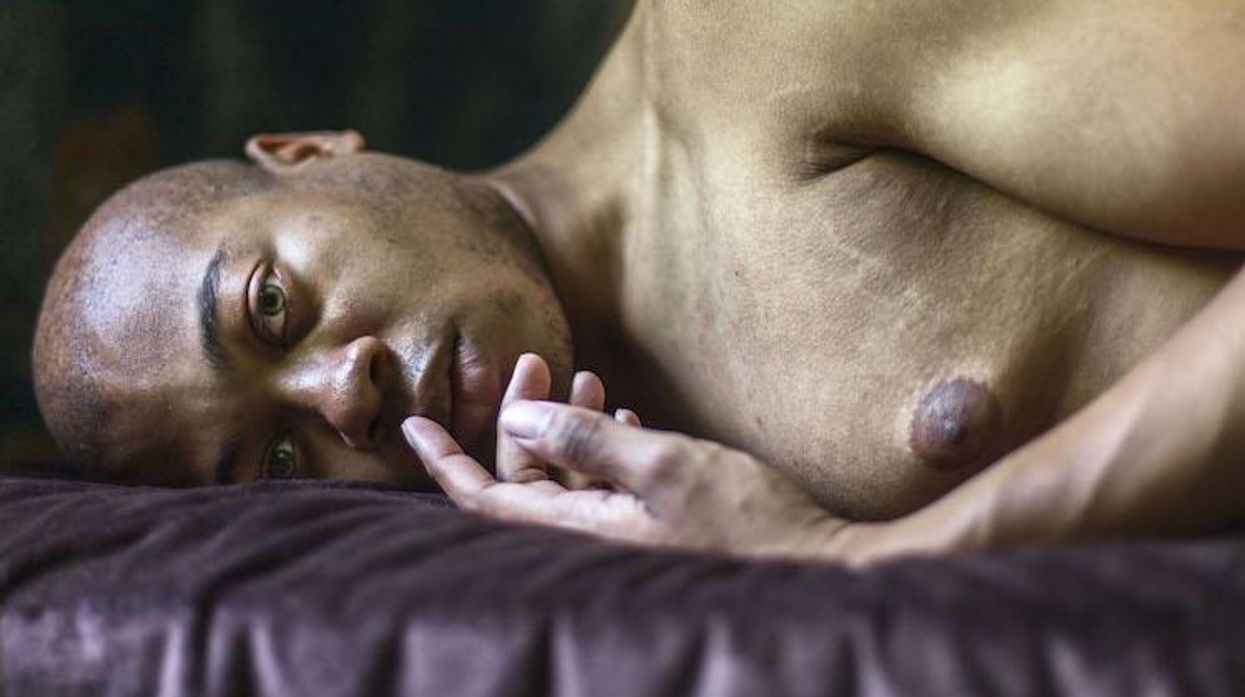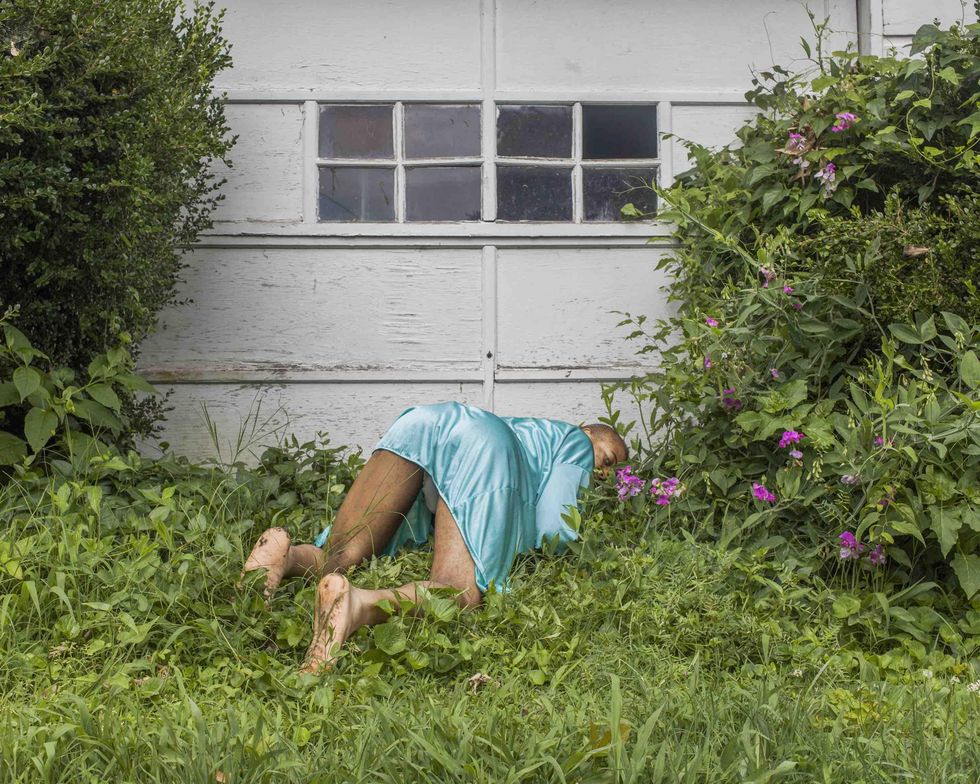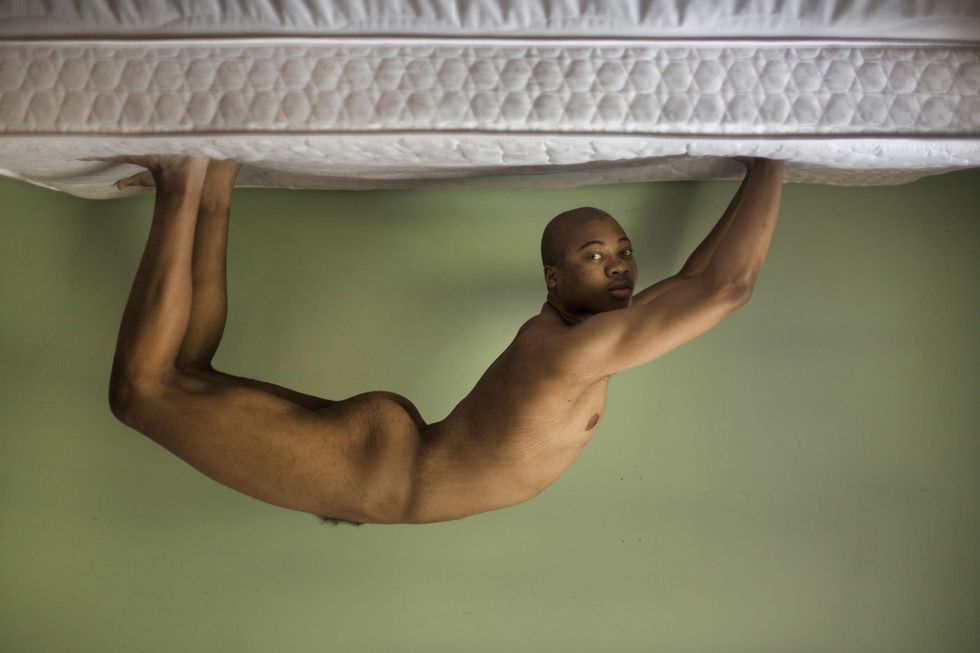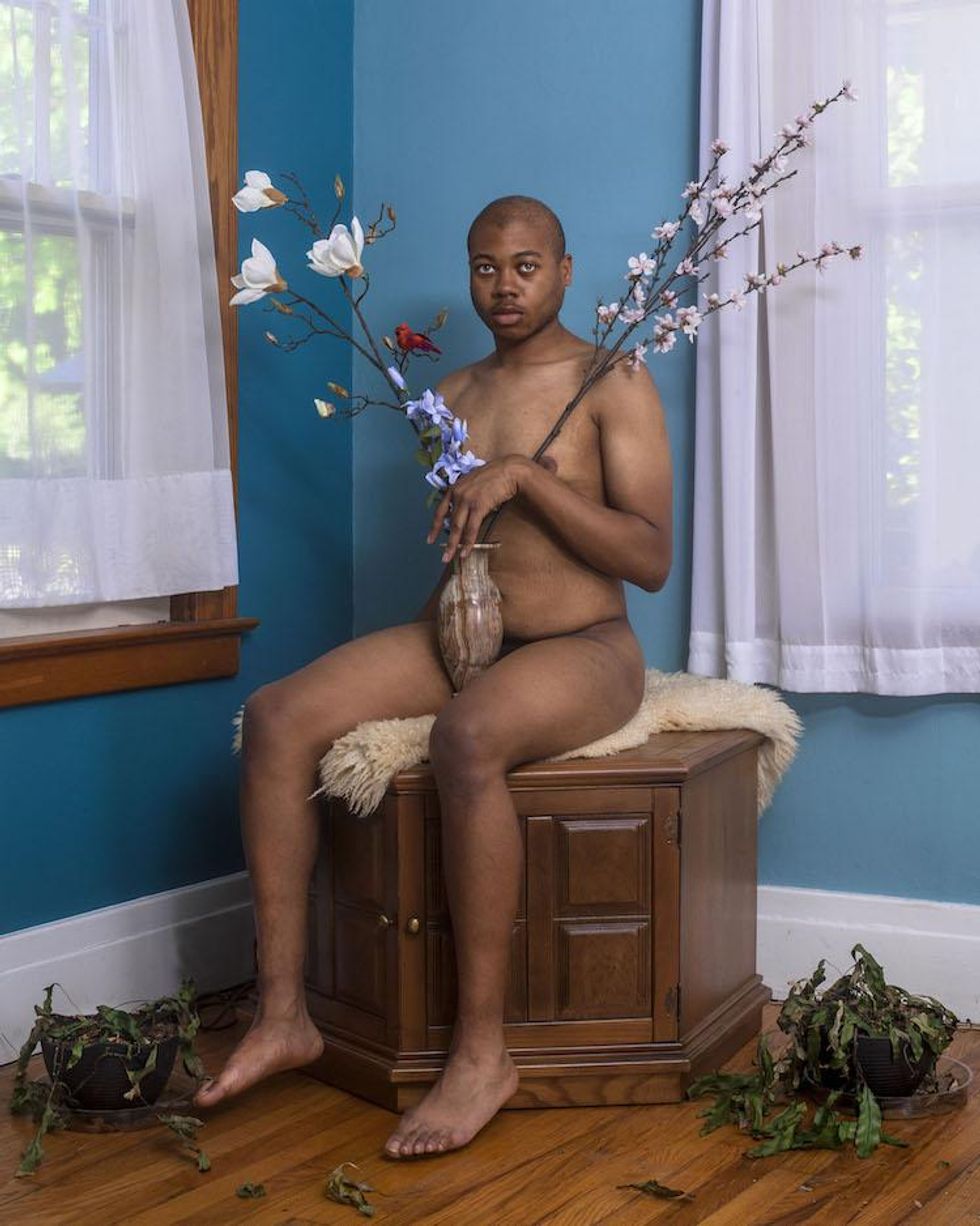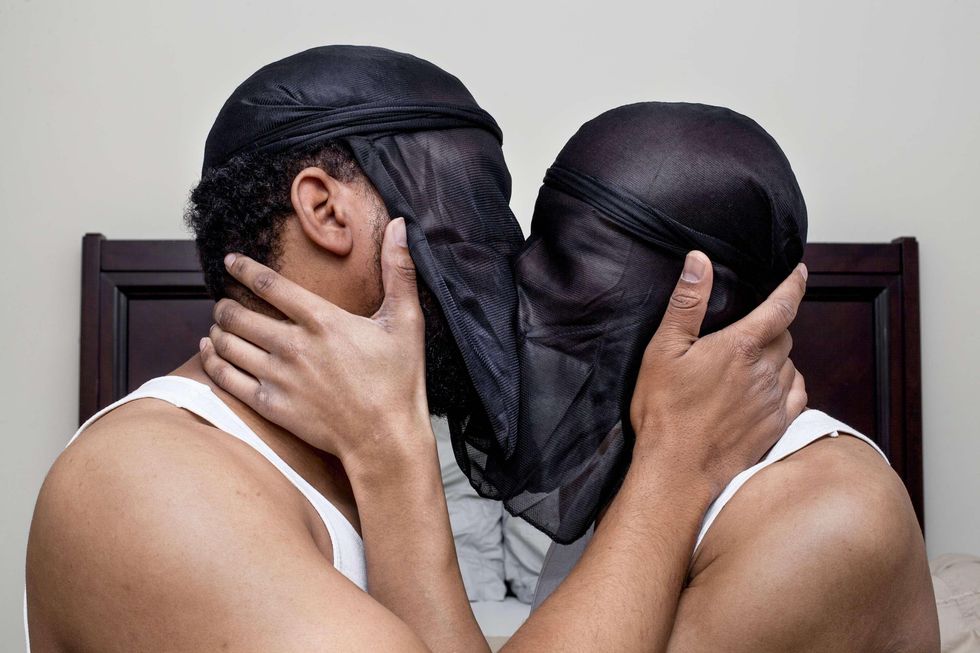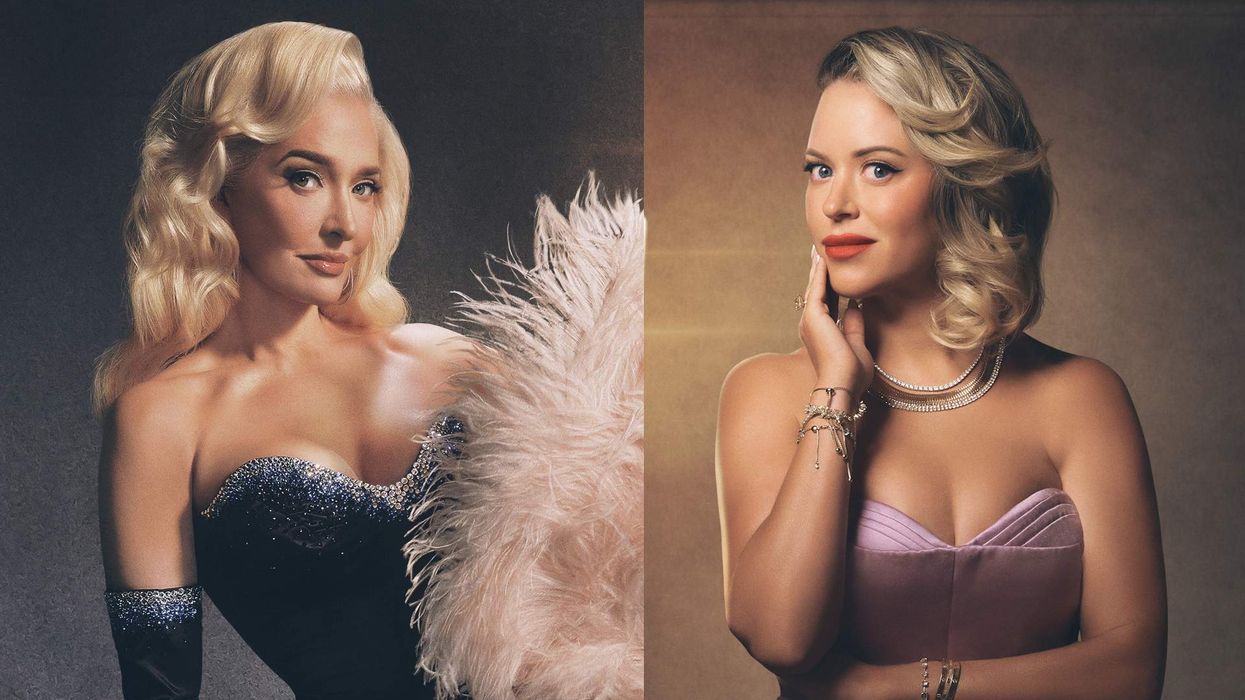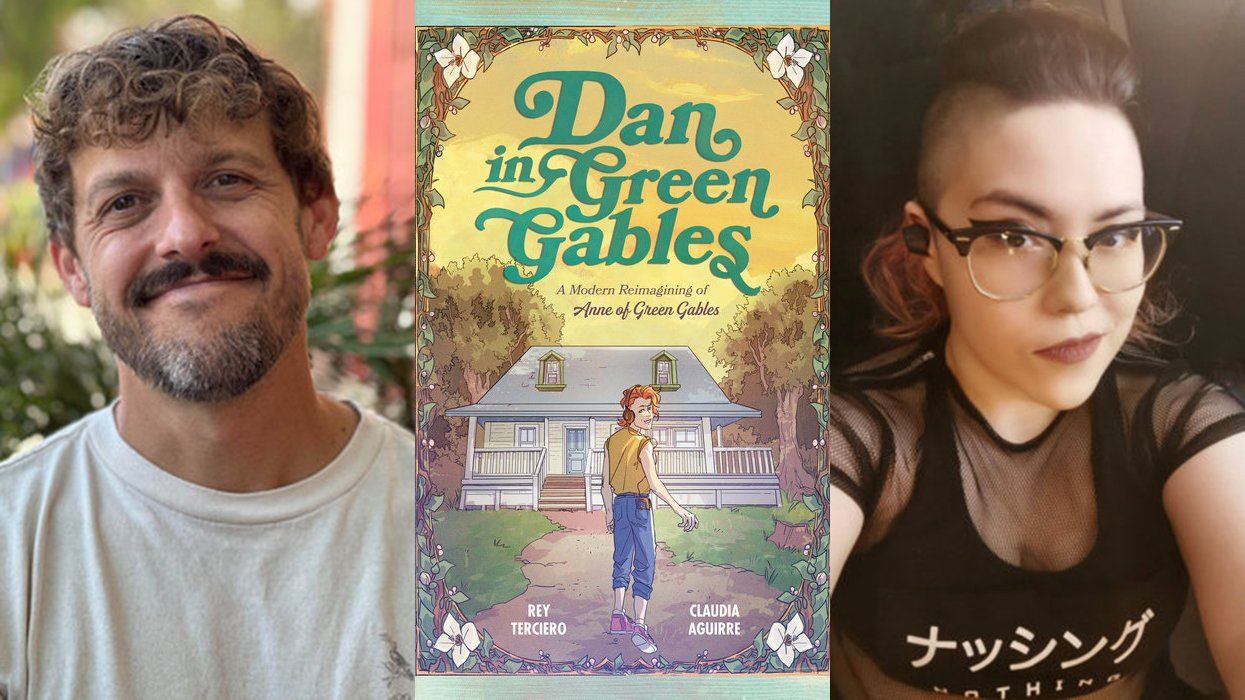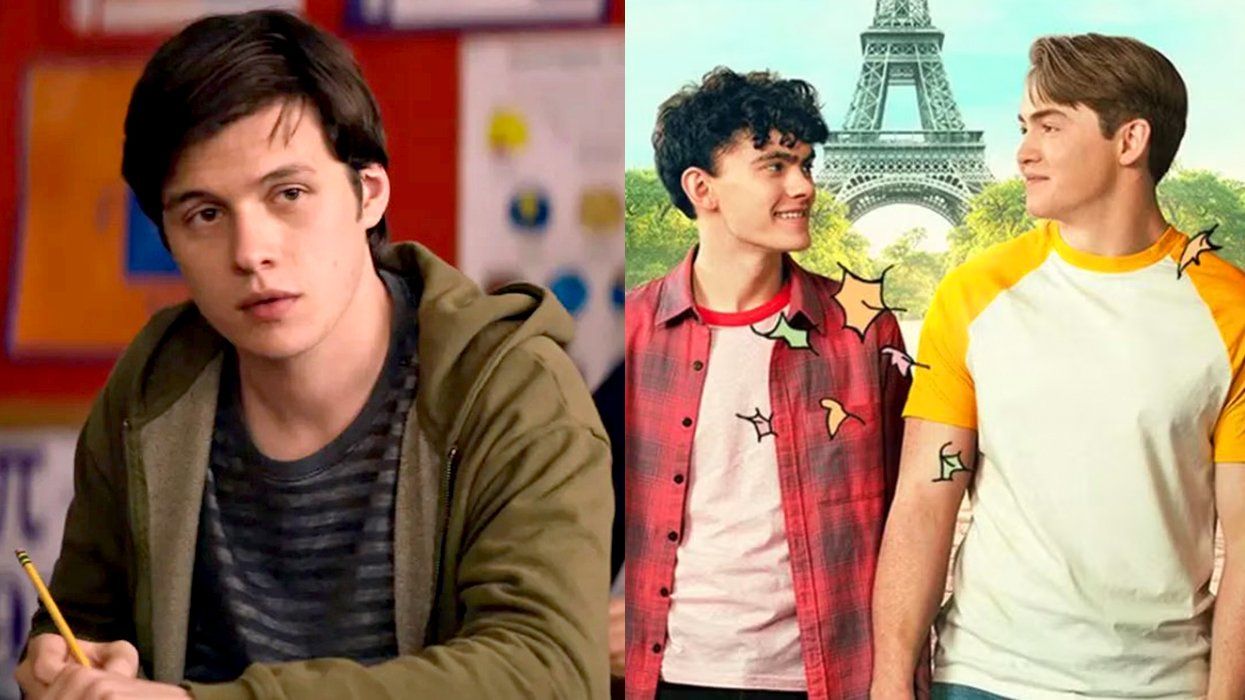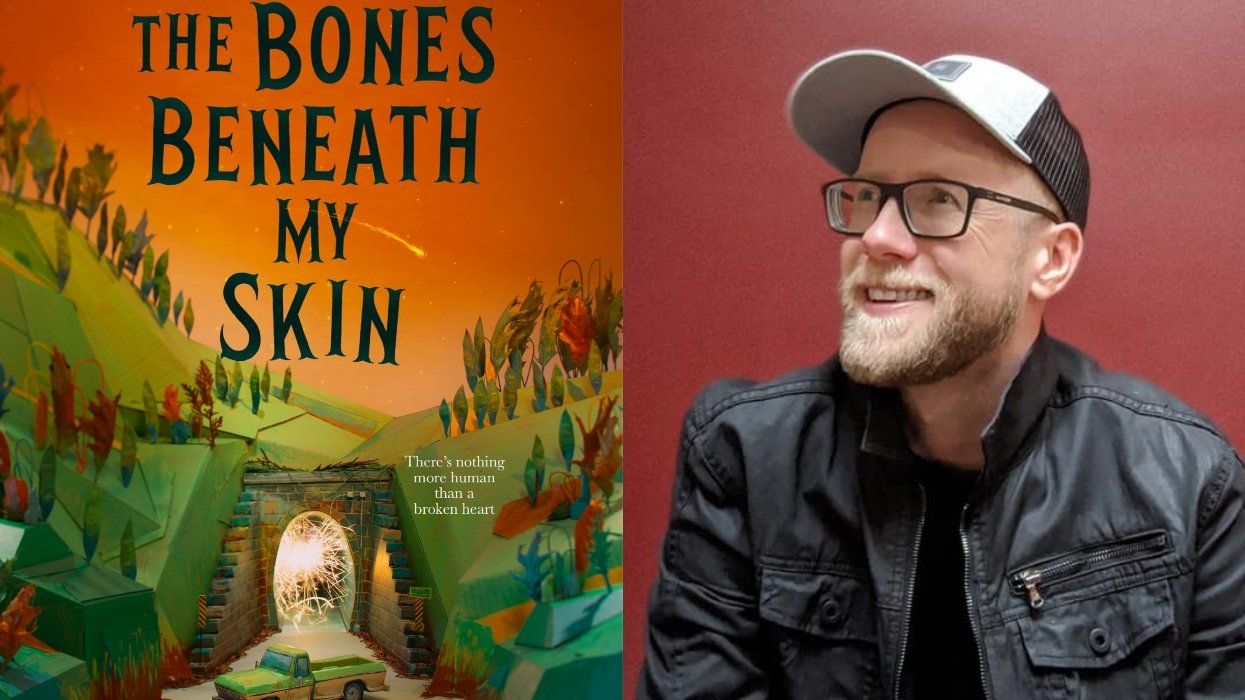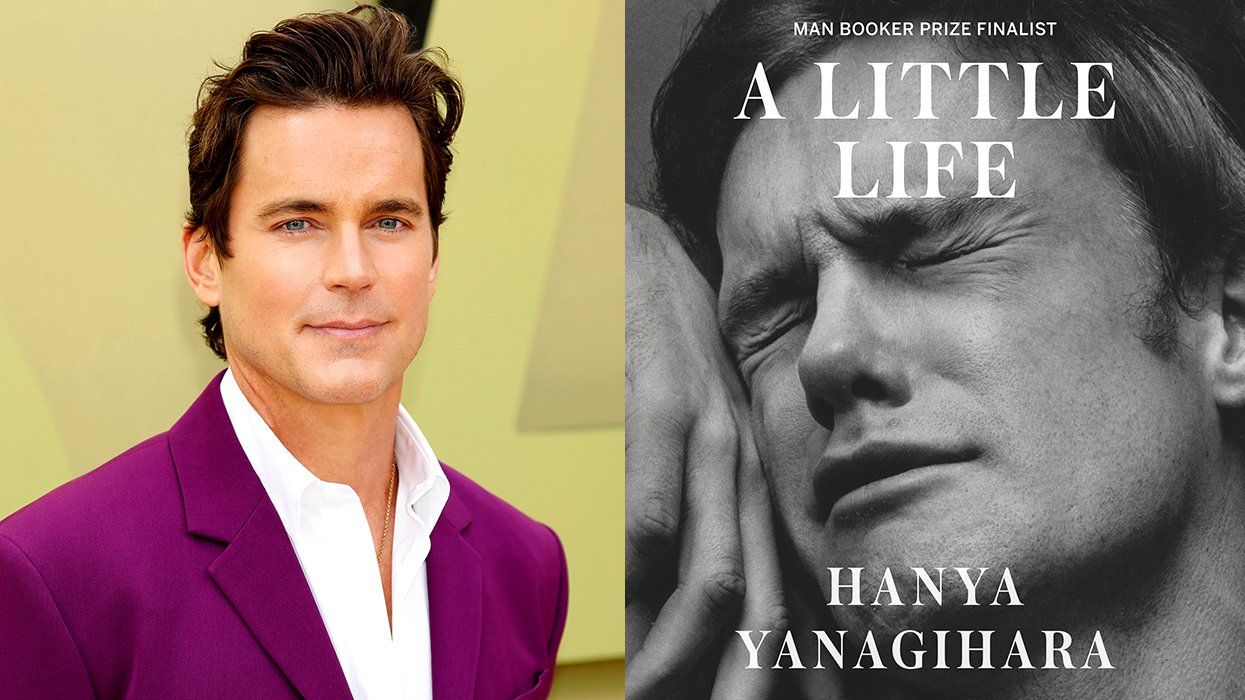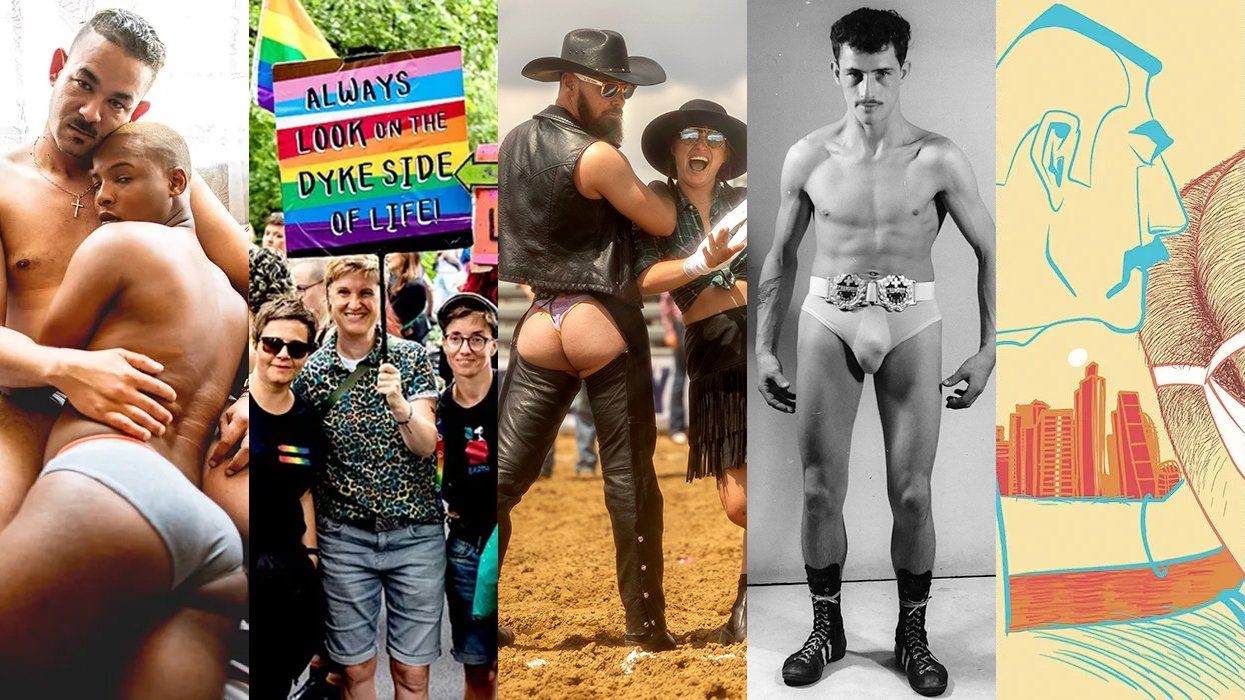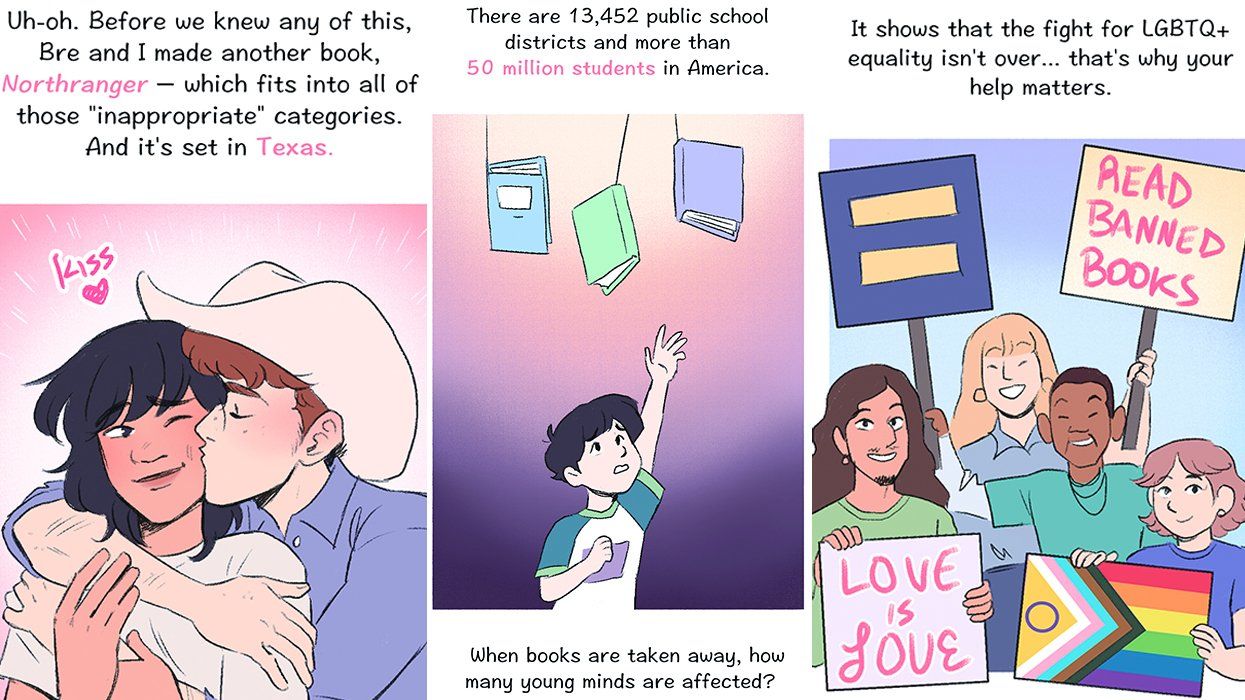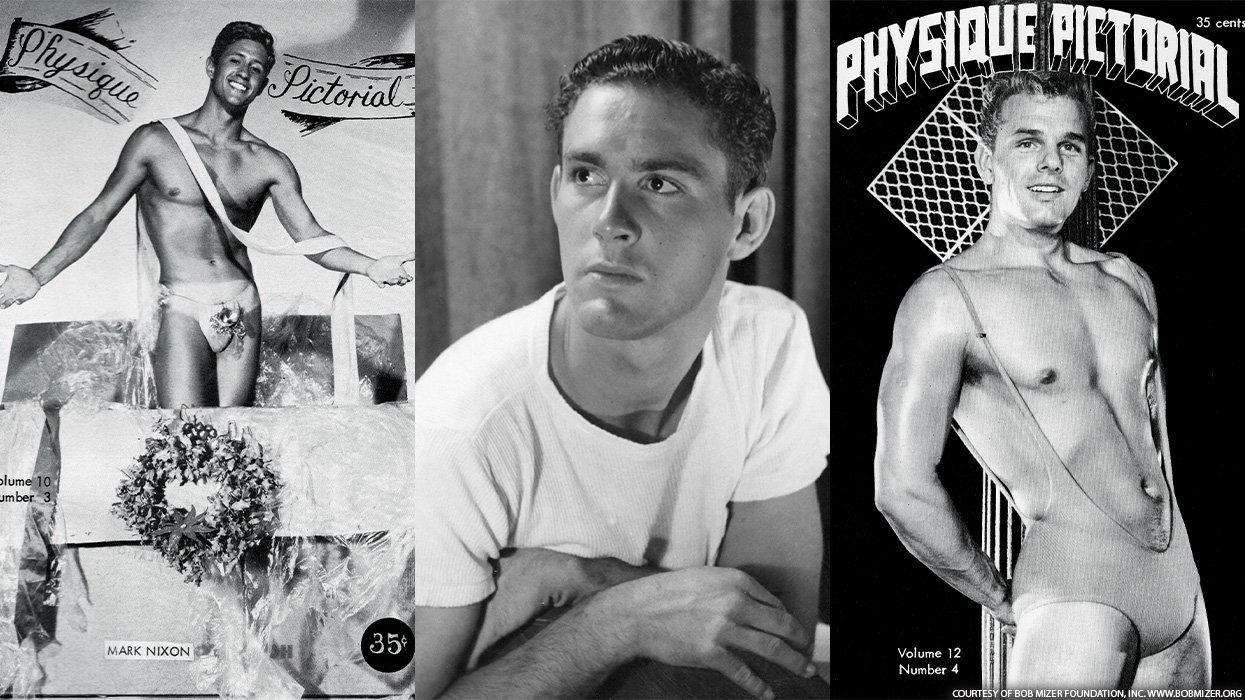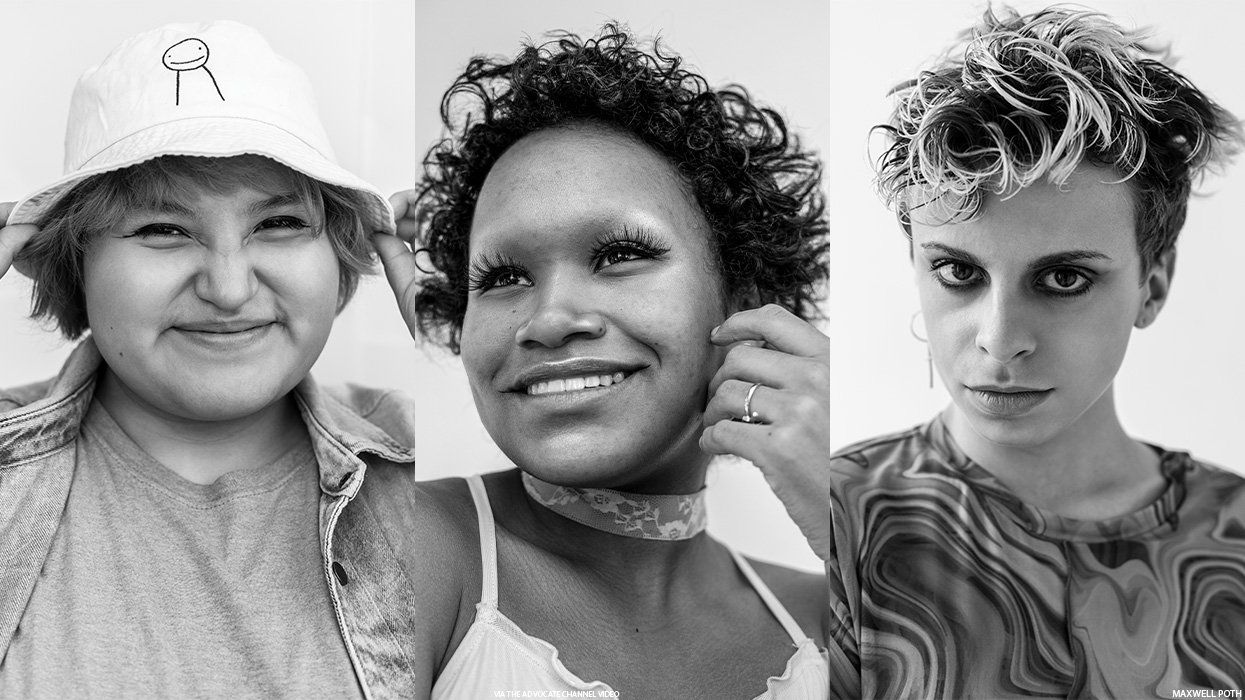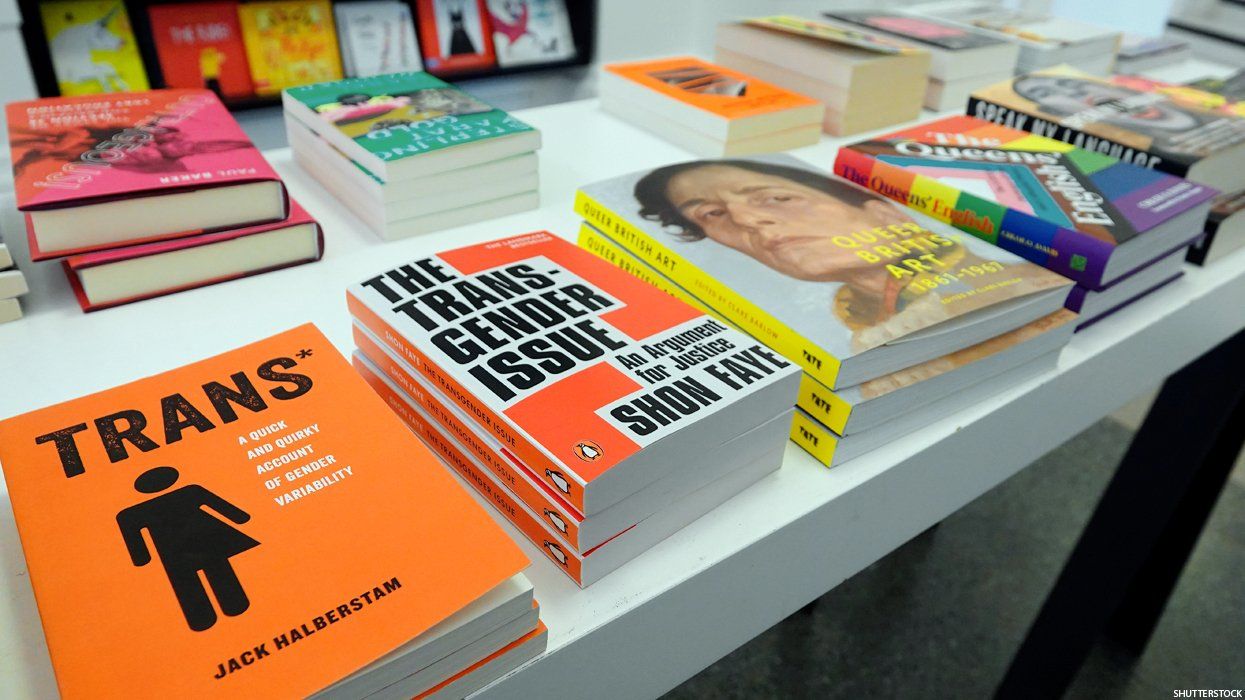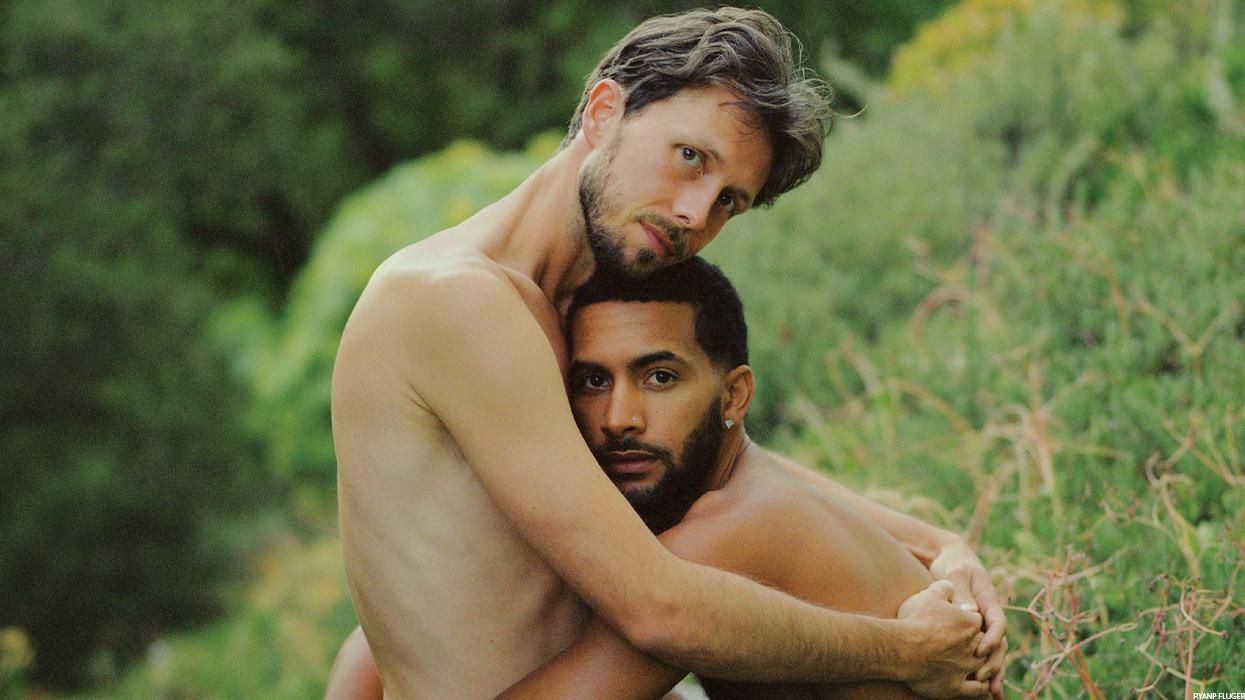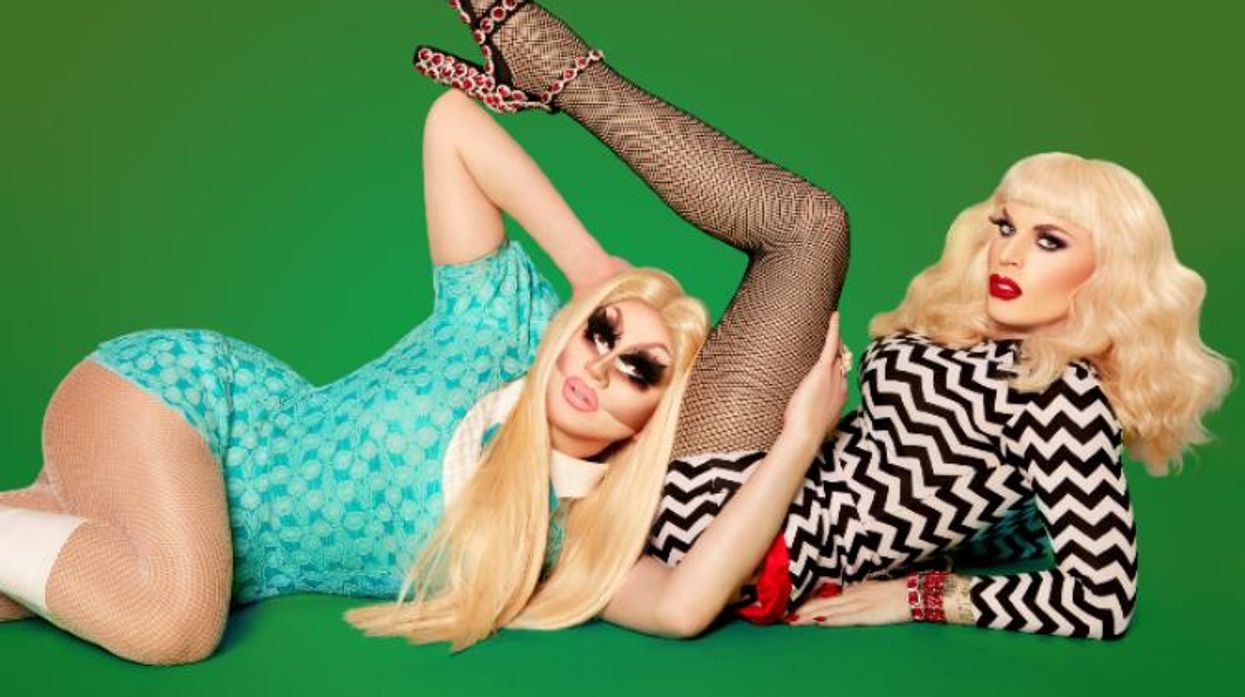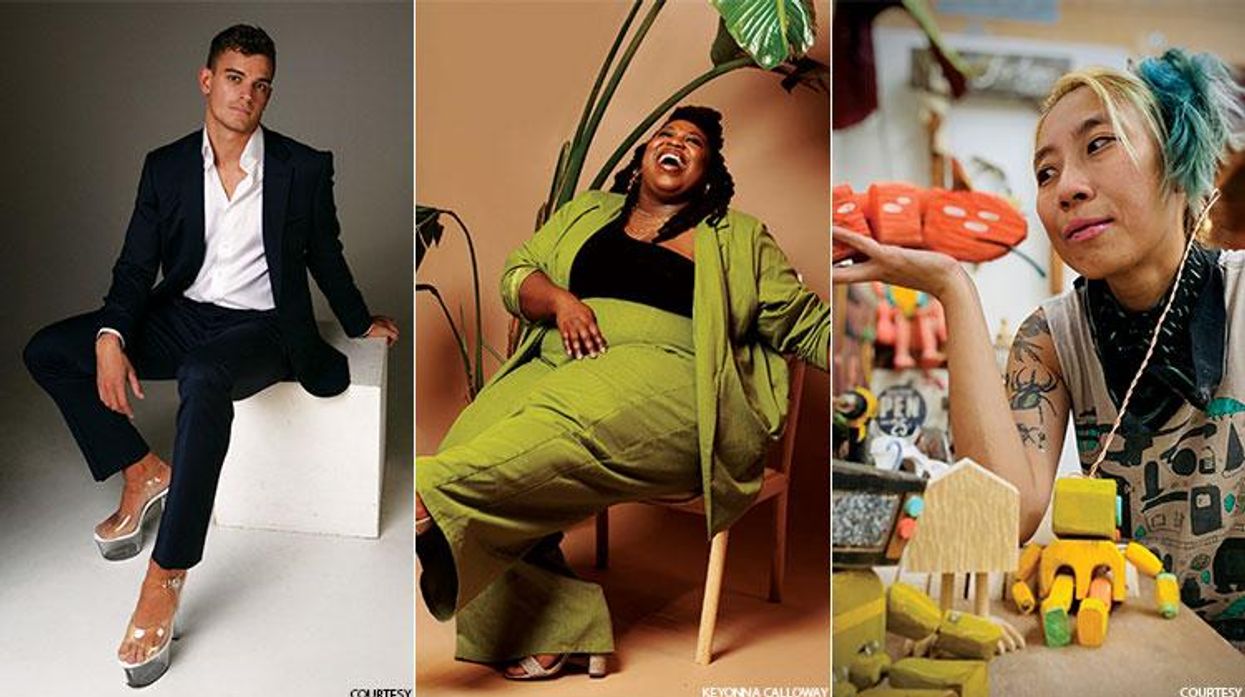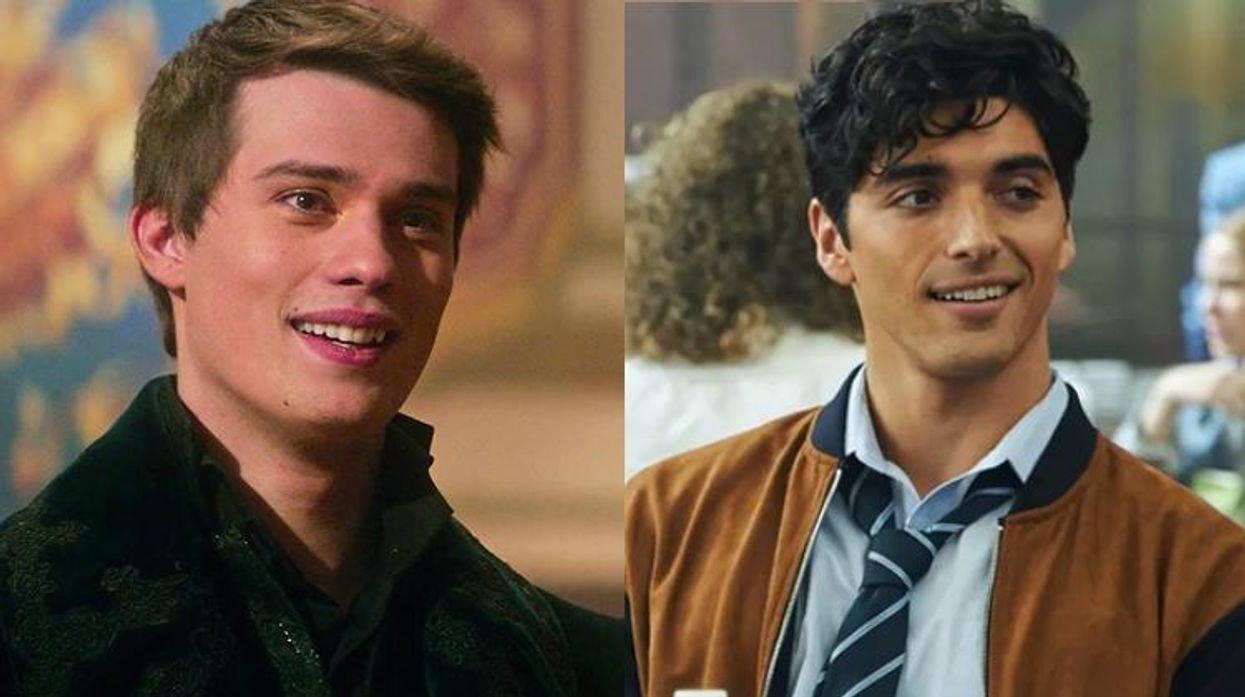D'Angelo Lovell Williams' debut solo exhibition is a daring display of visibility and vulnerability, featuring a series of self-portraits at New York City's Higher Pictures. The artist depicts himself in "achingly intimate" scenes with the intent of empowering Black queer bodies and challenging idealized stereotypes that infiltrate today's mainstream media.
Related | Gallery: D'Angelo Lovell Williams' Vulnerable, Visible Self-Portraits
In the photos, Williams looks directly into the lens--oftentimes nude--forcing the viewer to engage with his contorting bare body. There's a balance of discomfort and beauty in the New York-based photographer's work. He creates his own power by controlling the images and how he's presented, from revealing a fecal stain in his underwear (the most personal) to wading in shallow waters alone (the most peaceful).
We caught up with Williams, below, to discuss his Manhattan Higher Pictures exhibition, which is on display through August 11.
OUT: Why do you include yourself in the work?
D'Angelo Lovell Williams: There are many reasons I photograph myself. My body isn't thin, fit, or white. Of course I'm attracted to images of the stereotypically "ideal" body, but I don't want to see the same type of body over and over again. It's exhausting [and] troublesome to me, and not representative of people who don't look like that. I like to go beyond the idea of what a desirable body or common experience usually is. Self-portraits are also easy for me. I use my body as a tool. My work isn't necessarily all about me, but I'm readily available any time I want to make an image. I often become characters in my work, which allows me not to call them "Self-Portraits." However, I have been including other Black, gay men in images with me, more recently, in order to make my work more expansive. Placing these images into canons and conversations on images of queer perspectives that already exist calls for there to be conversations about why we don't usually see more diverse Black queer perspectives in images, film, writings, especially by a diverse range of Black queer artists.
"Seeded" (2016) by D'Angelo Lovell Williams
Why did you choose to be so vulnerable in these images?
Although my work isn't autobiographical, I depict my ideas of image-making, my thoughts on what I'm critiquing, and some of my experiences with being a Black, gay man. It's a lot, but I want to see and discuss what I experience. That's difficult to do if there is no one there to listen or respond who looks like me, or if they don't have the capacity or patience to do so. I want people to see a perspective that isn't comfortable for them. I'm a vulnerable person. Many people are, but I understand that many people don't want their business out in the open. As an artist, I think that vulnerability is something we need to see more of in order to have more accurate conversations about why we're not seeing the other dimensions of a Black queer experience or perspective. I have intimate relationships with other Black men, but it's not all sunshine and gold. It's tough when there is no book on how to be Black, gay, or both.
"Playing With Gravity" (2016) by D'Angelo Lovell Williams
How does this work speak to your queer identity?
My images speak to my queer identity through storytelling. I visualize moments that speak narratively. It's not about telling an entire story or the truth. It's about the visual, who you see depicted in that narrative, and what it means when you see them there. While my personal experience is different from others, I want the images to be realized in a more universal way through conversation. I discuss themes of identity, like sexuality, race, class, and gender, specifically concerning the Black body. I'm among those who don't see themselves in the most visible of places, the media being one of them, public spaces being another.
How did you decide on these environments? The variety is significant throughout your work.
Most of the environments I've made images in have been domestic environments, because depending on the work we make, being in Syracuse, New York and making work in a graduate photography program is a challenge in itself. The program is great, but it's cold and terrible weather almost 8 months out of the year. We don't all have studio space to work in so the film, video, and photo grads would try to help each other out by using and lending each other's spaces we live in or have access to in order to make the work we want or need to make. Location scouting isn't a huge part of making my images. It was interesting to me to make work in the home because I realized how much I moved around growing up, after sitting with some of the images. My mom and I lived in about 8 apartments and houses until I went to college. I felt I was rarely in a living environment long enough to form an identity.
"Fleurish" (2016) by D'Angelo Lovell Williams
How do you react to these spaces when you're working?
When I get into a space, I dissect it, depending on what it is. I think about how much time I have to do anything there. So many questions run through my mind. What can I do differently in this space compared to the last space? What's the significance of what I'm thinking of doing in the space? How can I make it look different, even though it still might be a living room or a bedroom, but different than the last. Do I set up something from scratch or utilize what's there? Sometimes I look at my sketches, which don't often have detailed environments, but are ideas of what I could do in them. I work intuitively a majority of the time, going with the flow. If I'm photographing myself and another person in a space, it has to be planned out and orchestrated way in advance. For myself I can just do whatever.
In an image, such as "Fleurish," does nudity impact your approach?
My image, "Fleurish," was an image that was more intuitive. If I'm nude in a setting, which I often am, I question the importance of and the ideas behind depicting myself nude in that particular setting. The reason is usually because I've rarely seen someone with my body do it. My image "The Lovers." reimagining of Rene Magritte's painting of the same name. I'm in the bedroom in my image, which I felt it needed to be in, as opposed to making an image just because there is a bed to make an image on. I'm also kissing another Black man while we both have du-rags on backwards--veils. Being able to see the headboard in the background keeps the reality of the space, but the action depicted is more surreal. I like playing with environments this way.
"The Lovers" (2017) by D'Angelo Lovell Williams
Why is it important to be visible--and visible in this way--as a Black queer man?
Visibility as a Black gay man is important to me because, oftentimes, many of our perspectives and experiences are represented inaccurately or poorly by the media and paints a picture that isn't true of an entire marginalized subculture. I took matters into my own hands to break the streak of art made depicting thin, white bodies, as well as hypermasculine bodies of color. I can't deny the experience of the artists, but I can want more from their work, especially if I don't feel like they are doing enough to speak to the spectrum of perspectives on Black queer identity.
When you look at the work as a whole, what do you think is its larger message?
The larger message of my work is to take time to care for yourself and love yourself. As hard as it is to do for some, it feels great when you do. I want there to be discussions about why Black and brown LGBT people, that don't see themselves in media and public spaces, because they don't have skinny, muscular, "ideal" bodies, have mundane, calm lives, or are trying to enter a toxic LGBT space not reserved for them, have their experiences, bodies, minds, and existence seen as less than. My work can't be all there is to see either. I would be mad. We, as Black and queer bodies and artists, shouldn't be rare or tokenized. I make my perspective visible, so someone else can make theirs visible.


